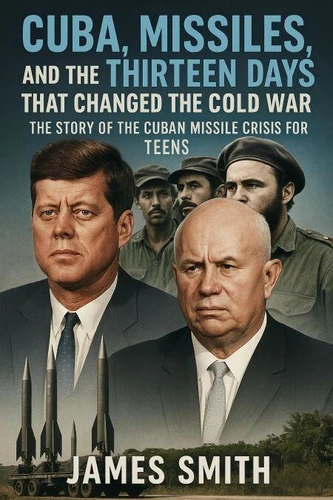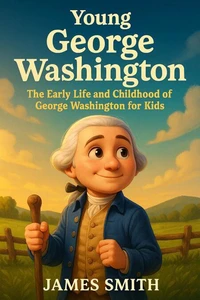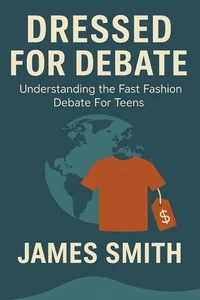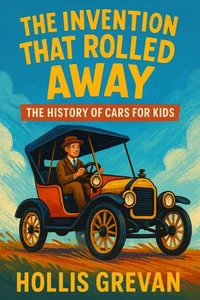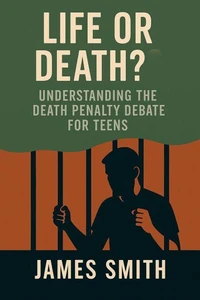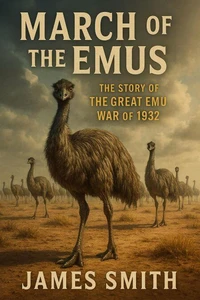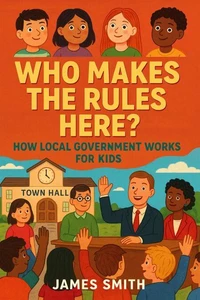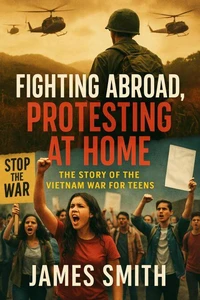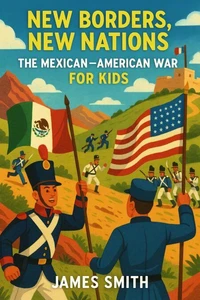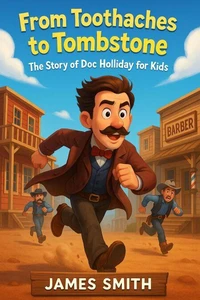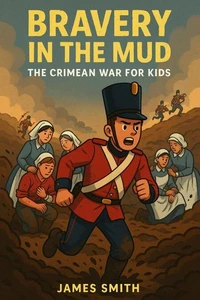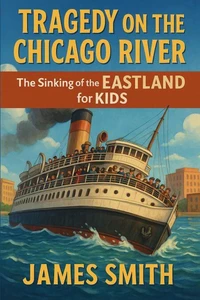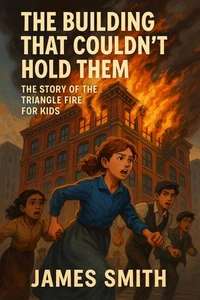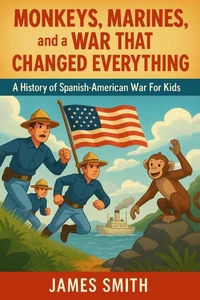Nouveauté
Cuba, Missiles, and the Thirteen Days That Changed the Cold War: The Story of the Cuban Missile Crisis for Teen
Par :Formats :
Disponible dans votre compte client Decitre ou Furet du Nord dès validation de votre commande. Le format ePub est :
- Compatible avec une lecture sur My Vivlio (smartphone, tablette, ordinateur)
- Compatible avec une lecture sur liseuses Vivlio
- Pour les liseuses autres que Vivlio, vous devez utiliser le logiciel Adobe Digital Edition. Non compatible avec la lecture sur les liseuses Kindle, Remarkable et Sony
 , qui est-ce ?
, qui est-ce ?Notre partenaire de plateforme de lecture numérique où vous retrouverez l'ensemble de vos ebooks gratuitement
Pour en savoir plus sur nos ebooks, consultez notre aide en ligne ici
- FormatePub
- ISBN8232830984
- EAN9798232830984
- Date de parution07/10/2025
- Protection num.pas de protection
- Infos supplémentairesepub
- ÉditeurHamza elmir
Résumé
In October 1962, the world came closer to nuclear war than at any other point in history. For thirteen tense days, leaders in Washington, Moscow, and Havana made choices that could have meant the difference between survival and annihilation. At the center of it all were secret missiles, spy planes, back-channel negotiations, and the terrifying question of whether anyone would fire first. This book takes readers inside those days of fear, pressure, and high-stakes diplomacy, showing how political leaders, military commanders, and ordinary people lived through a crisis that could have changed the world forever.
It explores the sharp clash between the United States and the Soviet Union, the role of Fidel Castro and Cuba, and the delicate balance between showing strength and avoiding destruction. Readers will see how decisions made in moments of panic and hesitation reshaped the Cold War and left lessons that still matter in today's nuclear age. Written in a clear and engaging style for teens, this is not just a story about history-it's about leadership under pressure, the danger of miscalculation, and the power of restraint.
The events of those thirteen days continue to remind us what is at stake whenever nations armed with nuclear weapons face off across the world stage.
It explores the sharp clash between the United States and the Soviet Union, the role of Fidel Castro and Cuba, and the delicate balance between showing strength and avoiding destruction. Readers will see how decisions made in moments of panic and hesitation reshaped the Cold War and left lessons that still matter in today's nuclear age. Written in a clear and engaging style for teens, this is not just a story about history-it's about leadership under pressure, the danger of miscalculation, and the power of restraint.
The events of those thirteen days continue to remind us what is at stake whenever nations armed with nuclear weapons face off across the world stage.
In October 1962, the world came closer to nuclear war than at any other point in history. For thirteen tense days, leaders in Washington, Moscow, and Havana made choices that could have meant the difference between survival and annihilation. At the center of it all were secret missiles, spy planes, back-channel negotiations, and the terrifying question of whether anyone would fire first. This book takes readers inside those days of fear, pressure, and high-stakes diplomacy, showing how political leaders, military commanders, and ordinary people lived through a crisis that could have changed the world forever.
It explores the sharp clash between the United States and the Soviet Union, the role of Fidel Castro and Cuba, and the delicate balance between showing strength and avoiding destruction. Readers will see how decisions made in moments of panic and hesitation reshaped the Cold War and left lessons that still matter in today's nuclear age. Written in a clear and engaging style for teens, this is not just a story about history-it's about leadership under pressure, the danger of miscalculation, and the power of restraint.
The events of those thirteen days continue to remind us what is at stake whenever nations armed with nuclear weapons face off across the world stage.
It explores the sharp clash between the United States and the Soviet Union, the role of Fidel Castro and Cuba, and the delicate balance between showing strength and avoiding destruction. Readers will see how decisions made in moments of panic and hesitation reshaped the Cold War and left lessons that still matter in today's nuclear age. Written in a clear and engaging style for teens, this is not just a story about history-it's about leadership under pressure, the danger of miscalculation, and the power of restraint.
The events of those thirteen days continue to remind us what is at stake whenever nations armed with nuclear weapons face off across the world stage.

